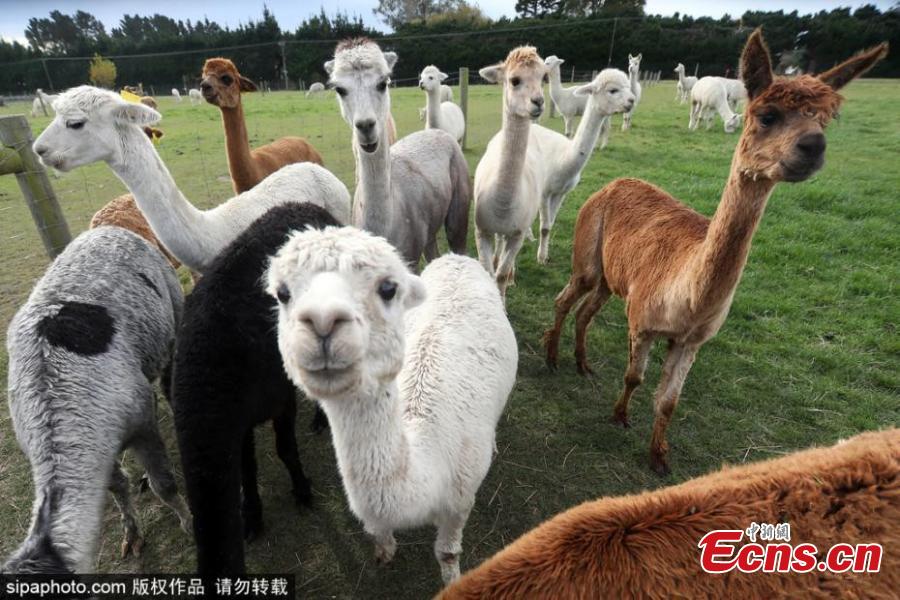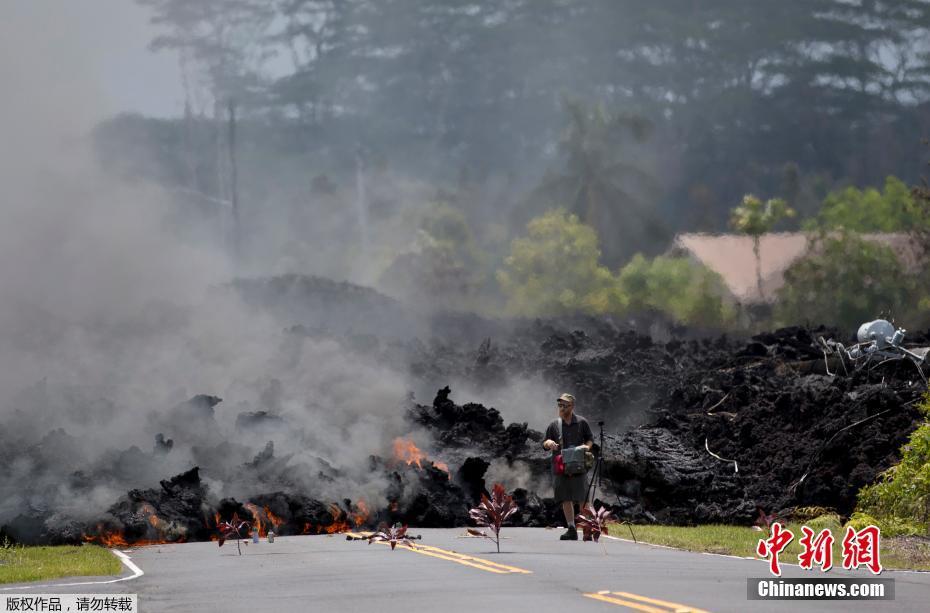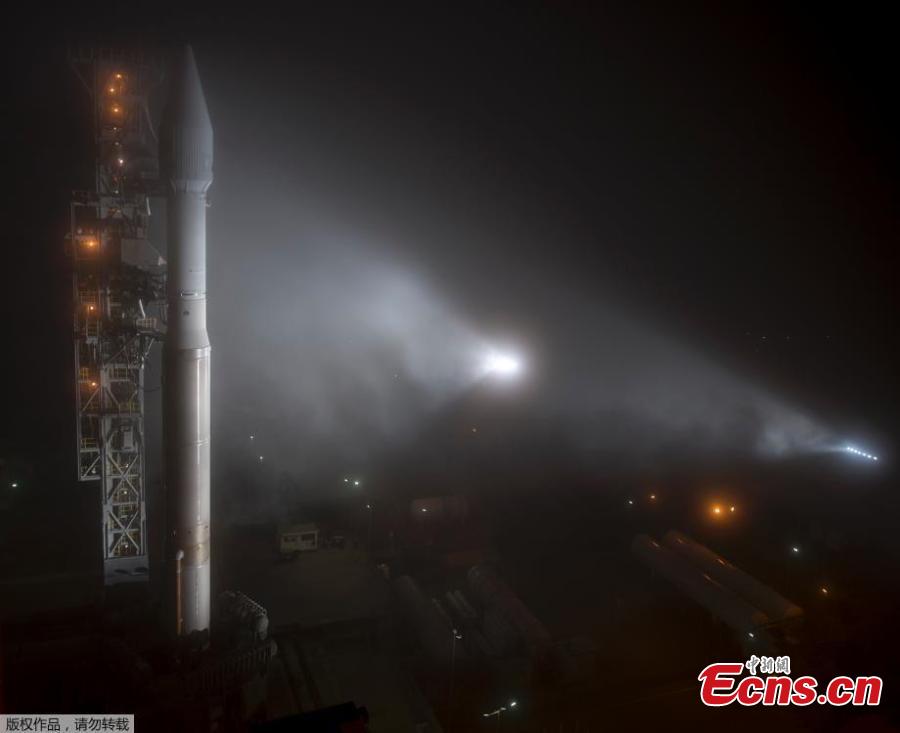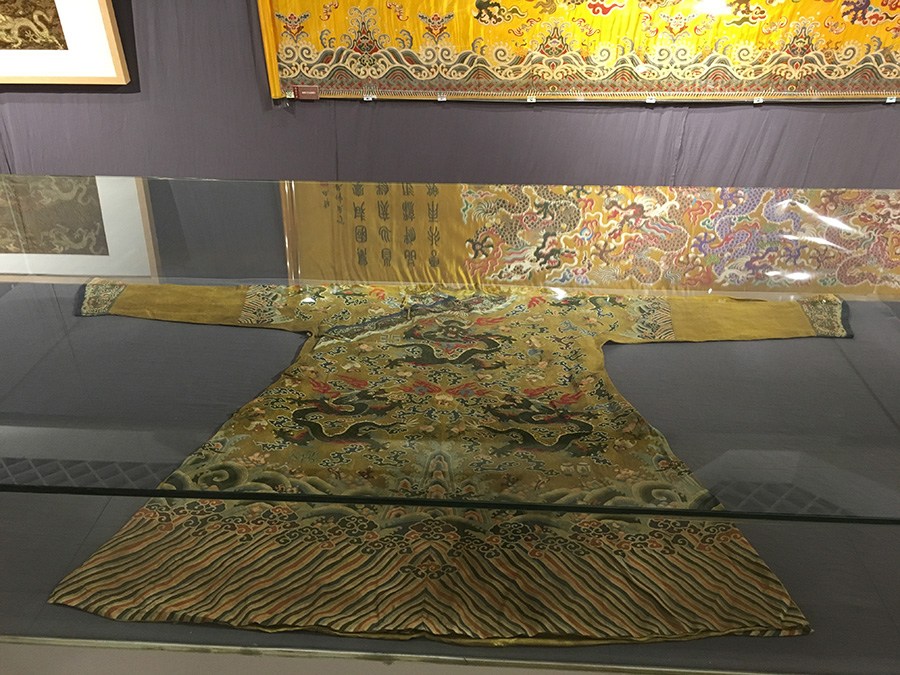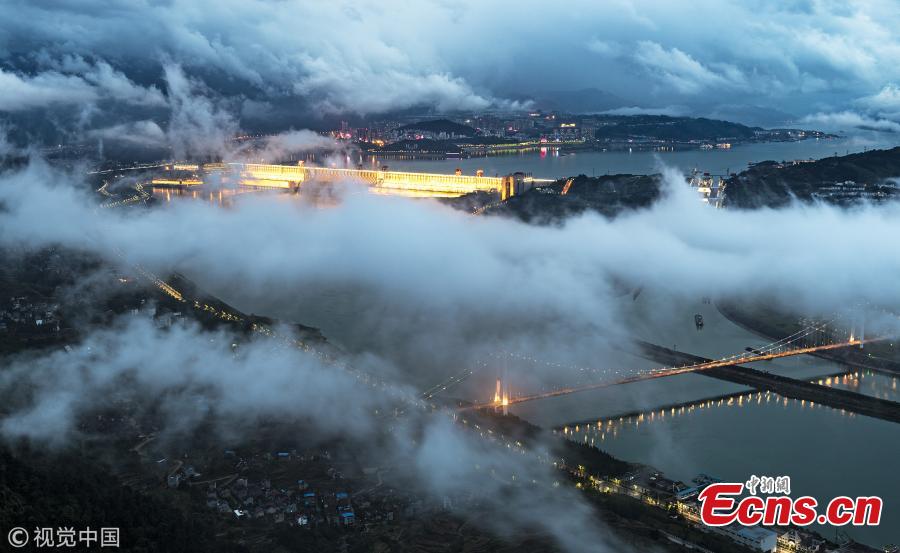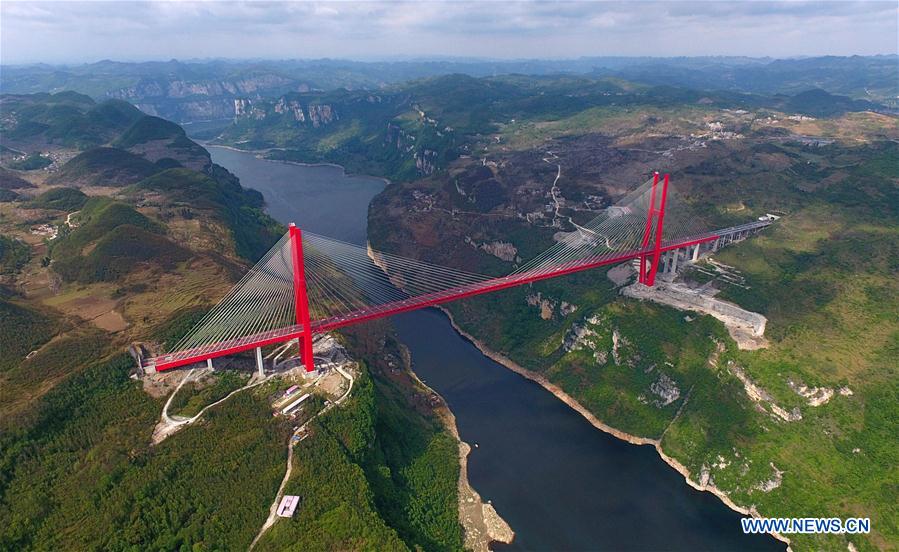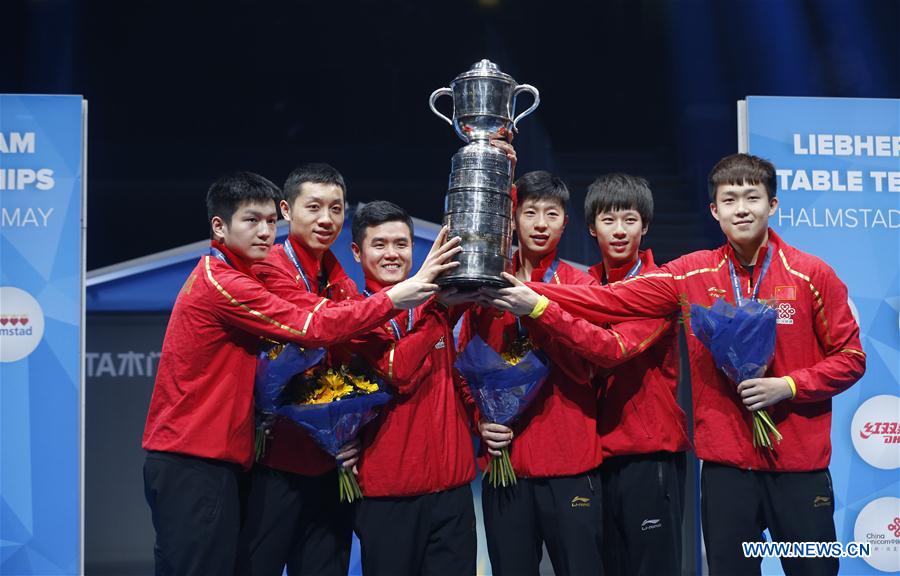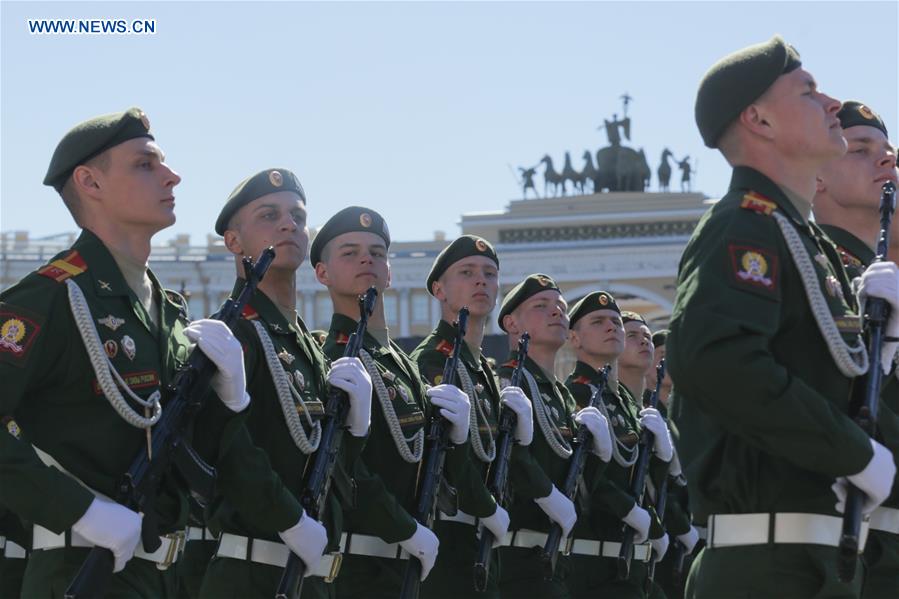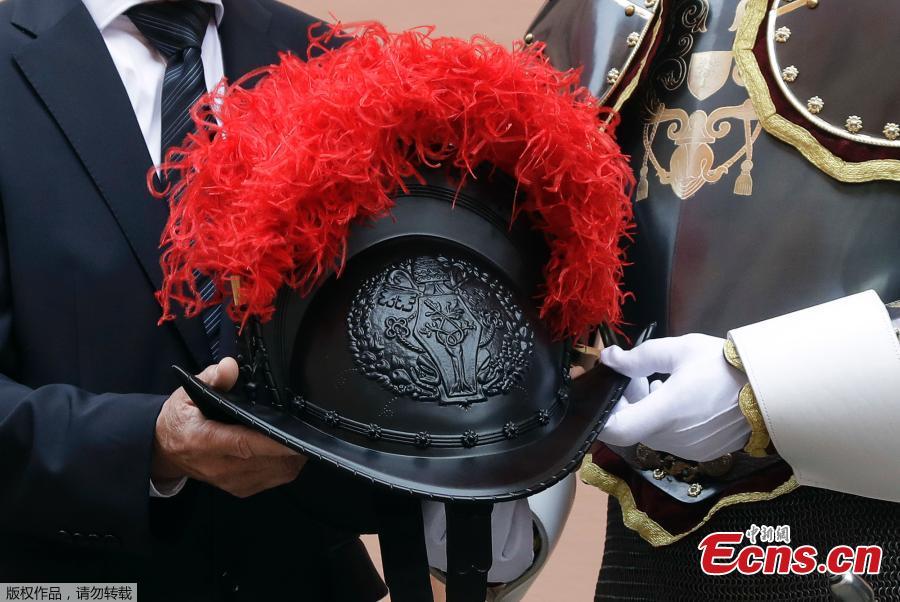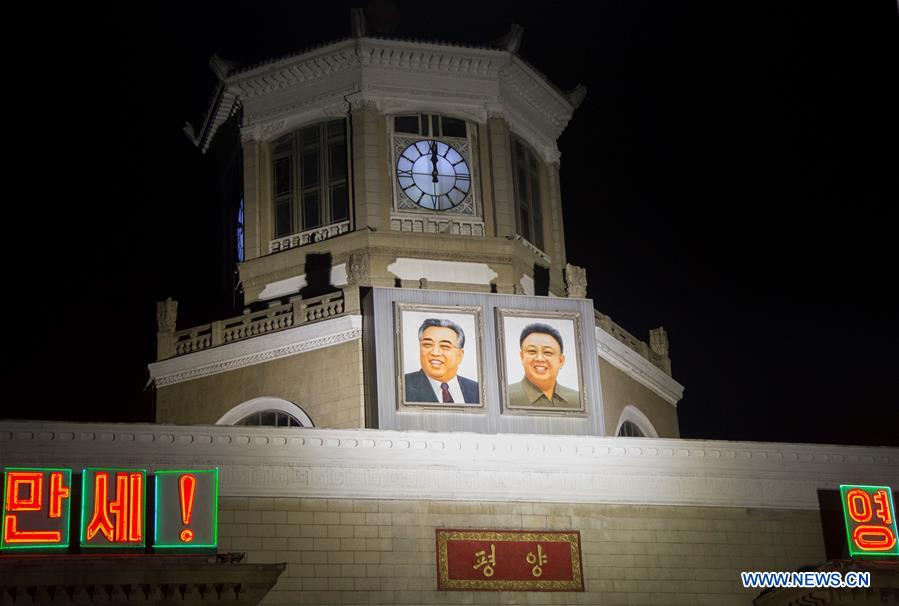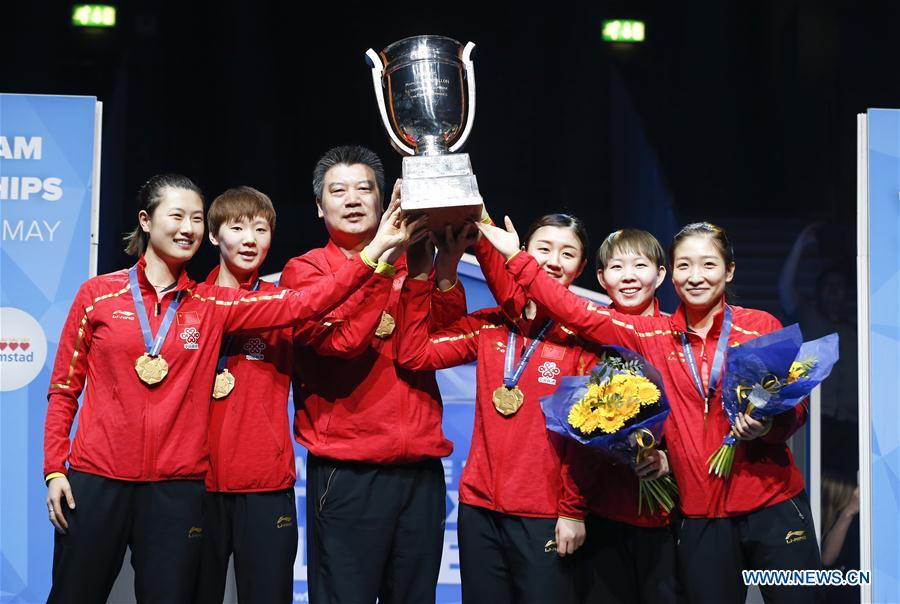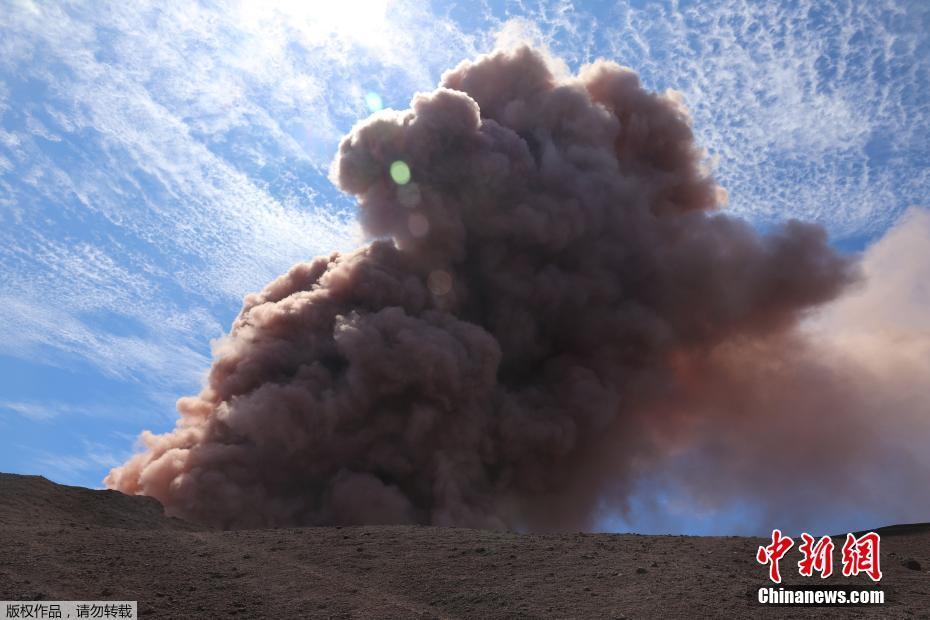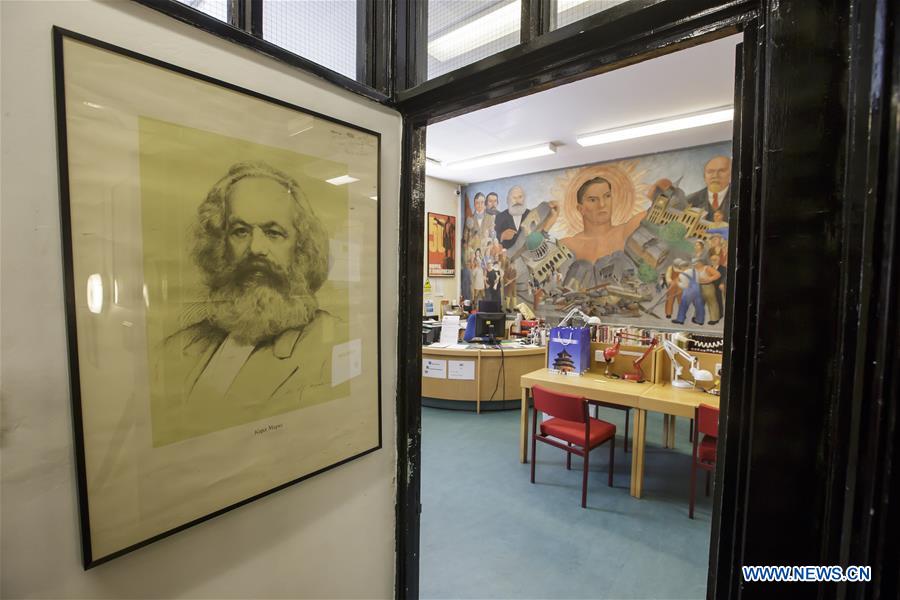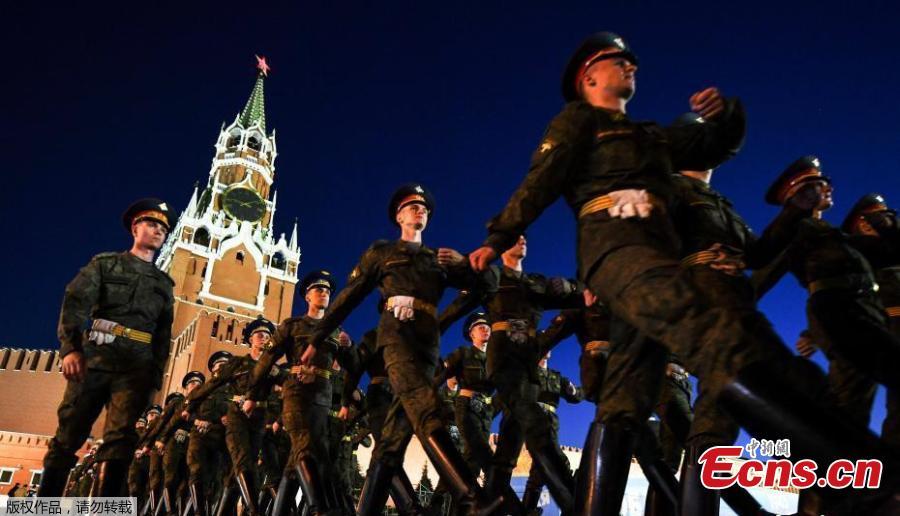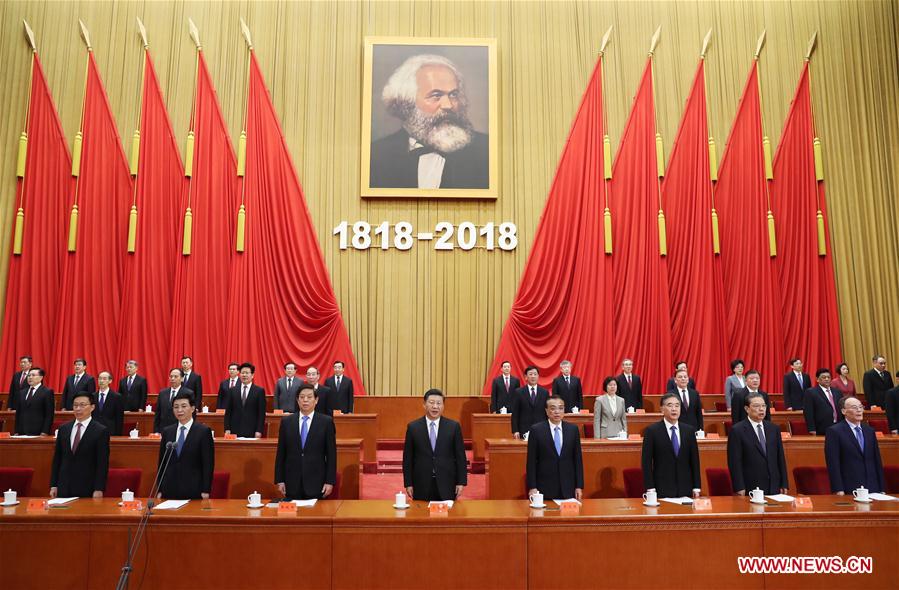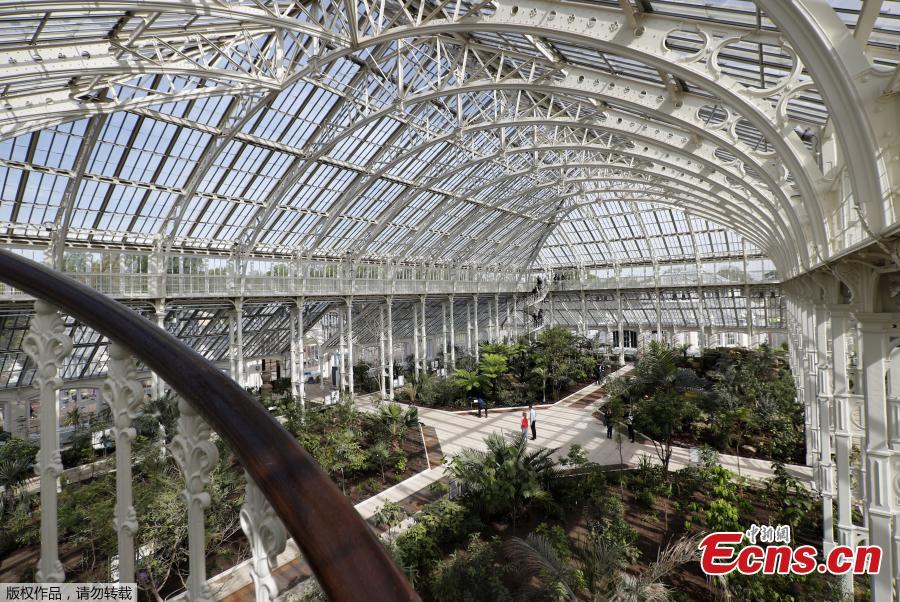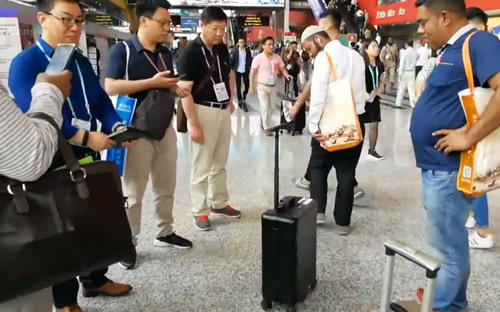(ECNS) -- Chinese President Xi Jinping will pay a state visit to the United States from Sept. 22 to 25. On the eve of his visit, Chinese Commerce Minister Gao Hucheng published an article titled “Looking back at history and forward to future, we should constantly enrich economic connotation of new model of Sino-U.S. relationship.”[Special coverage]
It begins with Nixon's icebreaking China visit in 1972, makes a comprehensive review of the history of both countries' economic and trade cooperation since the establishment of formal diplomatic ties in 1979, and summarizes the past, present and future initiatives. Following is an excerpt of Gao’s article, which focuses on inspiration drawn from past lessons and looks expectantly toward a better future.
Reference: Lessons learned from the past
History has taught us precious lessons regarding the future development of China-U.S. ties.
Leaders of both countries highly value the role of trade and business cooperation in bilateral ties. China takes it as “ballast”, while the U.S. calls it an “anchor.” The expression, though different in its literal meaning, reflects mutual recognition of the importance of China-U.S. business relations. Common ground pertains to safeguarding development of the challenging relationship between the world’s two giants.
China and the U.S. are two complementary economies that have differences in resource types, industry structures, as well as the level of development and creativity. The marriage of China’s vast labor market and investment to the experience and advanced technologies of the U.S. has created many jobs, and prompted industrial and structural optimization, alongside technological advances in both countries.
Meanwhile, Chinese and U.S. enterprises have never stopped exploring new opportunities, pushing forward cooperation in various fields despite frictions and conflicts.
The 36-year-long economic and trade cooperation between China and the U.S. has proven that the two countries are mutually beneficial partners, rather than rivals in a zero-sum game. In 2013, when both leaders met at Annenberg Estate, Chinese President Xi Jinping pointed out that China and the U.S. have developed an economic relationship that compliments both sides in structure and a deep integration of interests. U.S. President Barack Obama stressed that both sides have identified economic relations as a core of bilateral relations. Though differences in economic and social systems exist, cooperation history has proven that great powers don’t have to fall into Thucydide’s trap, and that win-win cooperation is the inevitable choice for development.
Just as Dr. Kissinger recently pointed out, the international community thought China-U.S. relations had come to a critical point, which, however, is not rare, as such “critical points” have come to pass several times in the last 50 years. Eight U.S. presidents, alongside their Chinese counterparts, have supported the same policies that necessitate China and the U.S. joining hands.
Outlook: new chapter on the new China-U.S. relationship
China, the world’s largest developing country and emerging market, is different from the U.S., the world’s largest developed country, in aspects such as cultural traditions, social systems, development phases, and factor endowments. However, a win-win strategy is the cornerstone for the two countries to seek larger and wider cooperation. President Xi’s upcoming U.S. visit is a significant step in building up a new relationship between major powers, and a critical move at this key point to push bilateral economic and trade relations to a new phase. China hopes to join hands with the U.S. side to expand and deepen economic and trade cooperation, taking pragmatic steps to enrich China-U.S. relations.
We should promote economic and trade cooperation to a higher level and quality.
Seeking more fields, broader platforms, more practical content and better benefits has been a trend of Sino-U.S. economic and trade cooperation in recent years. So far, 23 Chinese provinces and cities have set up six joint working groups of trade and investment with the U.S. states of California, Iowa, Texas, Michigan, Washington, and Chicago city. The two countries are exploring the establishment of regional economic and trade cooperation to promote Sino-U.S. working mechanisms. With the advancement of these efforts, both sides will further strengthen economic ties to bring tangible benefits to the people of each nation. Expanding international production cooperation and developing third party cooperation are also expected to become new fields. China will continue to build a more open platform to further stimulate vitality of the market, and promote bilateral economic structural adjustments.
We should properly control bilateral economic and trade frictions as well as disagreements.
Frictions and disputes are unavoidable with the continuous expansion of trade and economic scale, though cooperation remains the main focus. As President Xi Jinping said, "There is enough space at the two sides of the Pacific for the two powers to co-exist." The point is that both sides should continue effective communication, eliminate misunderstanding, and resolve conflicts. Each should avoid politicizing economic and trade issues, and deliver more positive signals to suppress negative factors. They should also constantly reduce “problem lists” and expand “common interests”, pushing bilateral ties in a healthy direction.
We should improve the global economic and trade governance system.
It is important to maintain an open global trade system for the Chinese and American, as well as global economies. At present, the two sides are accelerating bilateral negotiations, and will try to reach an agreement with mutual benefit as soon as possible for the improvement of global investment rules. China will actively engage in dialogue with the United States and play a more constructive role in multilateral and plurilateral regional cooperation to strengthen coordination around global economic and trade issues. Common interests can be found in China’s "One Belt and One Road" initiative and the U.S. "New Silk Road Program." As long as both sides are committed to seeking common development, they can provide more valuable public products to the world.
We should maintain healthy and sustainable development of the global economy.
The global economy is experiencing a “new normal” of restructuring and rebalancing, with recovery still sluggish. As the world’s two biggest economies, China and the U.S. contribute to one third of global economic volume and one fifth of global trade volume. The two countries play significant roles in stabilizing global economic growth. Although China has been facing downward pressure this year with development on a downward slope, its growth rate remains ahead of other major global economies.
In the past three years, China has contributed to nearly 30 percent of global economic growth and 37 percent of global imports, far exceeding other countries. In the meantime, the country’s economy is fundamentally sound. Its growth engine is more balanced, economic structure more coordinated and reforms showing good momentum.
We’ve also noticed that the U.S. is accelerating transformation of its economic growth pattern, implementing a plan for doubling exports, introducing foreign investment, and speeding up development of new industries, including new energy, new materials, environmental technology, high-speed railway technology and wireless networks. This will provide opportunities for both countries and the world to seek new growth points. China is ready to cooperate with the U.S. and make every effort to promote world economic recovery.
Looking back upon history is like reviewing a long river.
Throughout the 36 years of Sino-U.S. relations, despite political and economic ups and downs, both countries have always sought common ground while reserving differences and meeting each other halfway.
We should learn from history and look to the future.
President Xi's upcoming state visit to the U.S. is a great historical node in Sino-U.S. relations. Bilateral economic and trade cooperation is also about to open a new chapter.
Taking this opportunity, we look forward to promoting economic and trade cooperation to a higher level and quality, further enriching Sino-US economic and trade relations to make greater contributions to both countries and the world.
Standing at a new start, we are confident about the future of Sino-U.S. economic and trade cooperation.










